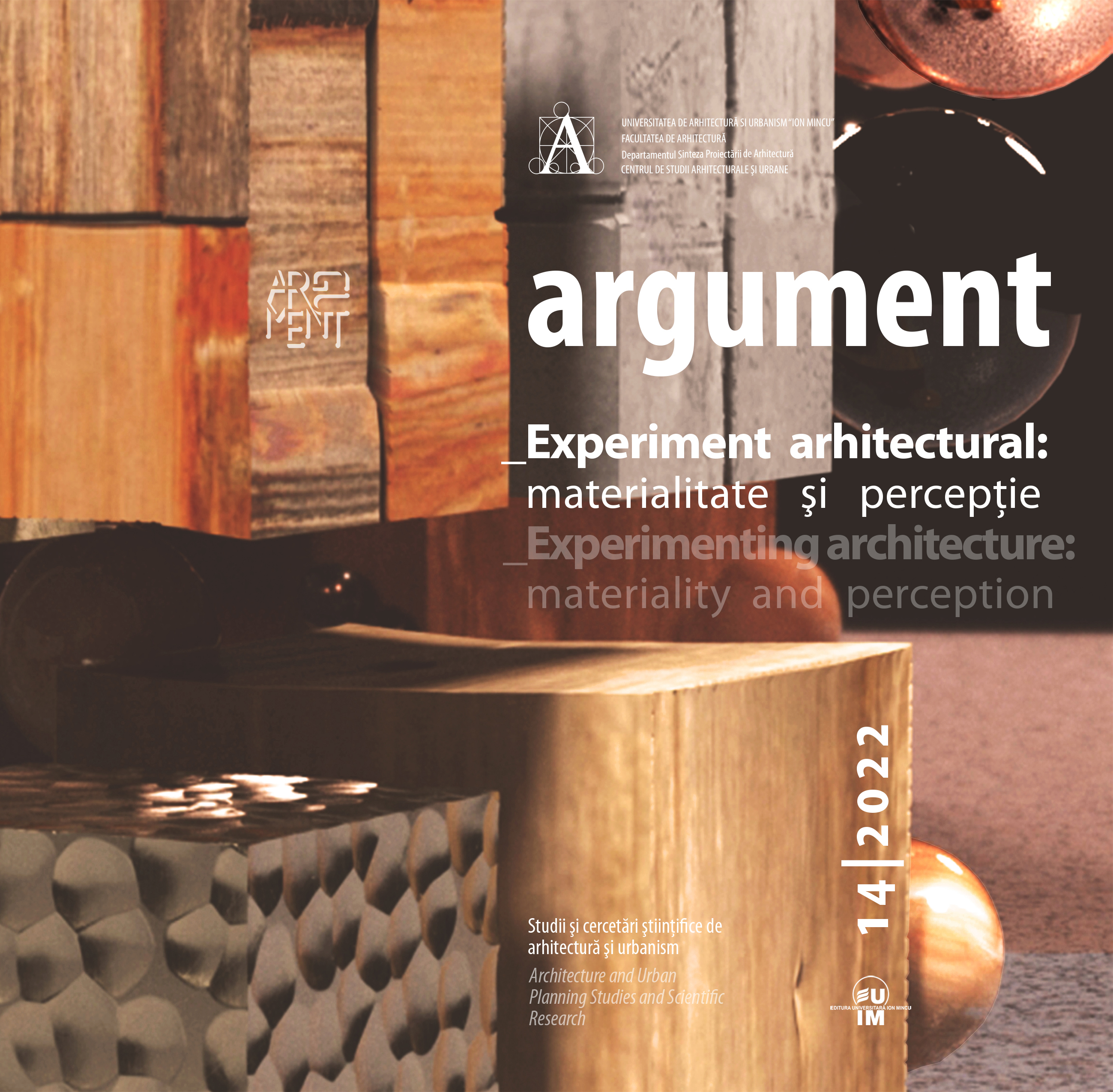Distanța și distanțarea în spațiile urbane publice în perioada pandemiei de Covid-19
Distance and Distancing in Public Urban Spaces During the Covid-19 Pandemic Period
Author(s): Angelica Ionela Stan, Andra PanaitSubject(s): Architecture, Behaviorism, Health and medicine and law, Rural and urban sociology, ICT Information and Communications Technologies
Published by: Editura Universitară “Ion Mincu”
Keywords: distance; proximity; liminality; behaviour; language;
Summary/Abstract: Distance has insinuated itself into our lives and has turned into a very present “character” of the times we live in. We have become not only more suspicious but also more cautious with regard to consumption, occupancy, and communication in public spaces, viewing them through the filter of distancing. The transformations of the physical and mental distance imposed at the time of the COVID-19 pandemic are correlated with those induced by the widespread use of communication technology and geospatial location. Cities are now “impregnated” with a new behavioural dimension in relation to distance, which seems to be the same for all, but is in fact unique to each of us.A new type of relationship is developing from the way in which multiple hybrid forms of distance are appearing between the social distancing imposed by the authorities to limit the spread of the pandemic and the mental, escapist distance facilitated by the permanent use of technology. For architecture, distance is a foundation both for the conception and for the design of urban space. However, distance is also one of the factors that decisively influence the experience of urban space, and the pandemic has made even more obvious the fact that architecture does not exist in the absence of perception and of its direct use by humans. This paper shows the architects’ reaction to the reigning spatial dystopia and the way in which a new type of “distance-behaviour-proximity” acts through different instances as an active multi-layered ingredient of everyday urban life that influences its quality. The main landmarks of the new spatial language of distance and distancing in cities are presented, showing that distancing as a postpandemic phenomenon has affected and continues to affect people’s behaviour and perceptions and that it also influences architects in reconsidering distance as a conceptual tool in the design of the built environment.
Journal: Argument
- Issue Year: 14/2022
- Issue No: 14
- Page Range: 116-137
- Page Count: 22
- Language: English, Romanian

